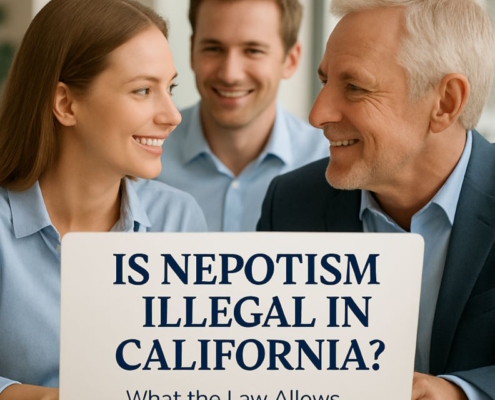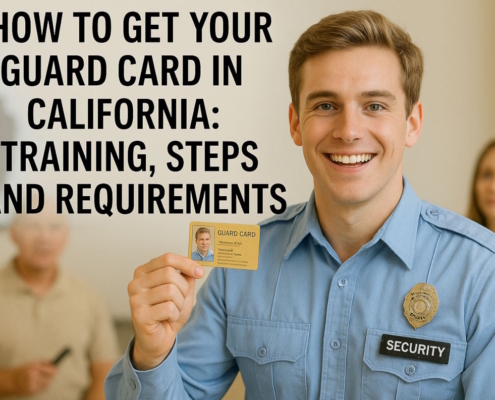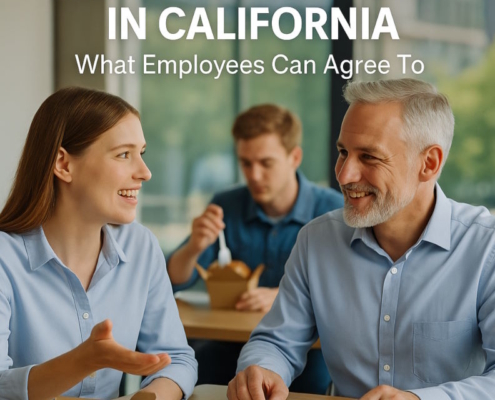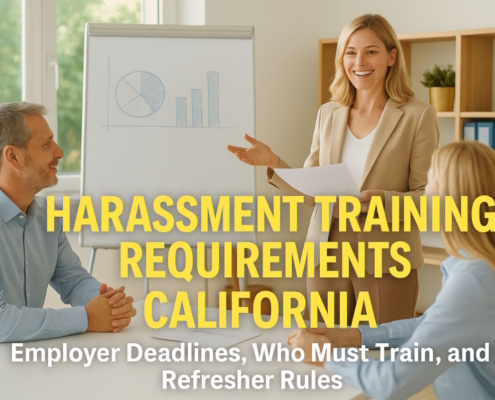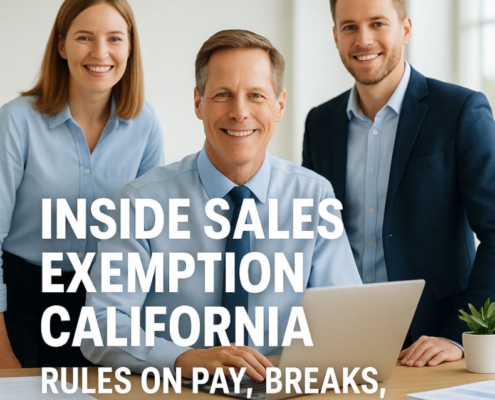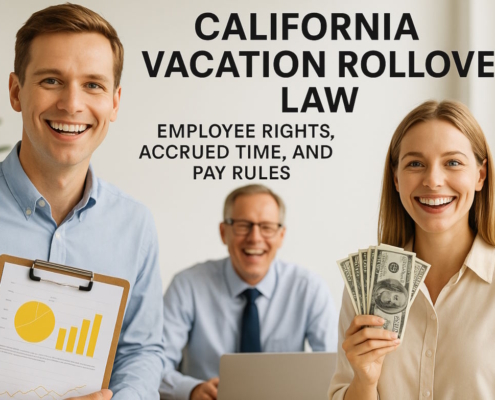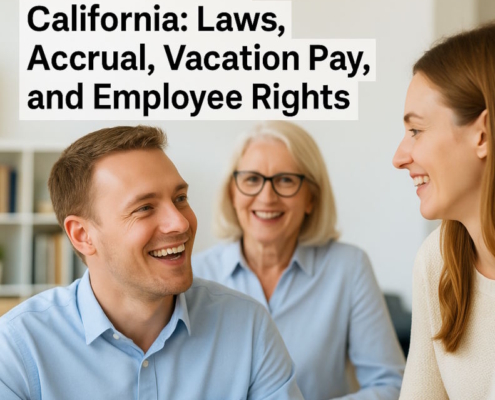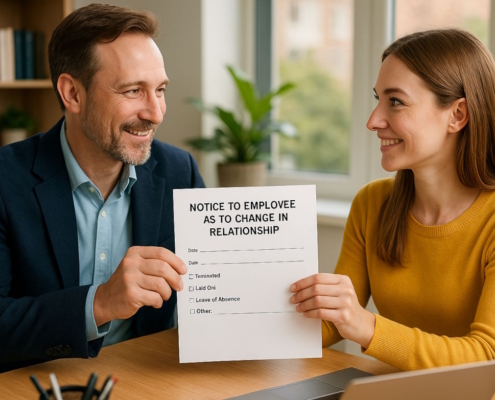What are the steps in conducting a workplace investigation?
In California, a person who is not an employee of a company that conducts a workplace investigation must be an attorney or licensed private investigator.
By Brad Nakase, Attorney
Email | Call (800) 484-4610
What are the steps in conducting a workplace investigation?
According to California law, an employer is required to look into any misconduct at their company and take whatever action necessary to ensure that harassment and discrimination does not happen in the workplace again. To conduct a workplace investigation in California, our workplace investigation attorney recommends that employers at minimum perform these five steps:
-
Select an internal investigator and employment attorney.
A workplace investigation begins with an employer training an in-house staff member who may lead a harassment investigation with an employment attorney taking the lead. This individual will normally come from Human Resources, and they should have additional training and experience regarding how to proceed with a discrimination or harassment claim. The individual should be rehearsed in how to conduct a proper investigation that will limit the company’s liability. Also, their training and experience will probably be carefully examined or challenged by the opposing counsel if the matter proceeds to trial. It is therefore preferable to select an investigator who is experienced and has credentials.
An employer should also consider whether it is best to bring in an outside employment attorney to lead the investigation. Though an employer may choose someone from within the company, in some circumstances it may be better to select a professional from outside – specifically, if there is a conflict of interest or if more experience is required.
-
There should be no bias or appearance of influence in the investigation
It is imperative that a workplace investigator in California has no personal connection to any of the parties that are involved in the investigation. The investigator should not be under the control of the alleged harasser, for example. If they were, it would give the appearance of undue influence. For smaller companies, or in situations where the owner of a business is accused of harassment, it is good practice to hire an outside investigator such as an employment attorney.
-
Ask the proper questions
In all workplace investigation, an employer has a duty to look into any kind of workplace misconduct, not only sexual harassment claims. Allegations should be approached with regard to the specific kind of complaint, so questions will vary accordingly.
With regard to sexual harassment claims, the following questions, provided by the EEOC, should be raised during an investigation:
Questions for the complainant:
- Who committed the alleged harassment? What happened or was said? When did it happen and is it still happening? Where did it happen? How often did it happen? How did it impact you?
- What was your response?
- How did the harassment impact you and/or your job?
- Does anyone else have important information? Were there any witnesses to the alleged harassment? Did anyone see you right after the incident(s)? Did you tell anyone about it?
- Is there any documentation or physical evidence of the incident?
- Did the person harass anyone else? Has anyone complained about harassment by the individual?
- How would you prefer the situation be resolved?
Questions for the alleged harasser:
- What is your response to the accusation?
- Are there any people with important information?
- If the allegations are not true, why would the complainant lie?
- Is there any documentation or physical evidence related to the incident?
Questions for third parties:
- What did you hear or see?
- When did this happen? Can you describe how the alleged harasser behaved toward the complainant and others in the workplace?
- What did the complainant tell you?
- When did they tell you this?
- Is there anyone else with relevant information?
-
The investigator must assess credibility
To determine which witnesses may be considered credible, an employer may rely again on the EEOC’s guidance for workplace investigation:
- Demeanor: does the person appear to be telling the truth or lying?
- Inherent plausibility: does the testimony make sense, and is it believable?
- Corroboration: is there physical evidence or witness testimony that backs up the party’s testimony?
- Motive to falsify: does the individual have reason to lie?
- Past record: does the alleged harasser have a history of similar misconduct?
None of the factors listed above can on their own determine credibility. For instance, if no one witnessed the alleged harassment, this does not harm the complainant’s credibility. In fact, harassment often happens in private. Also, just because an alleged harasser participated in similar misconduct in the past does not mean that he or she is repeating that behavior.
-
The investigation’s findings and monitoring the situation
Once a company’s management evaluates the facts and makes credibility determinations, they must determine whether or not the alleged misconduct happened. The involved parties should be informed of the decision. However, even if the employer determines that the discrimination or harassment did not happen, the EEOC maintains that the employer should still monitor the situation and take steps like preventative training. Also, even if the supposed harassment did not occur, an employer may still be found liable for retaliation if they act against the complainant. Essential for workplace investigation in California, an employers inform both parties of the determination, what constitutes unacceptable retaliation, and make sure everyone complies with the company’s findings.
Have a quick question? We answered nearly 2000 FAQs.
See all blogs: Business | Corporate | Employment
Most recent blogs:



